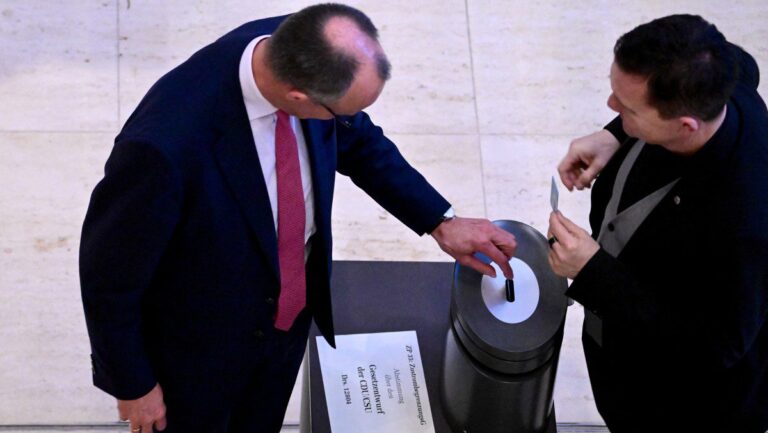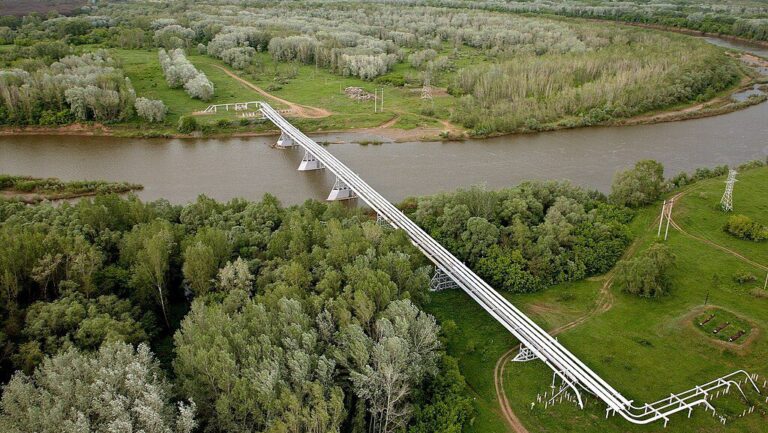Global arms transfers have fallen slightly over the last five years, but that doesn’t mean world powers and would-be world powers aren’t amassing arms, according to the latest set of five-year statistics from the Stockholm International Peace Research Institute (SIPRI).
“The small decrease in global arms transfers masks large variations between regional trends,” said Pieter D. Wezeman, a senior researcher with the SIPRI’s Arms Transfers Programme. “Whereas there were some positive developments, including South American arms imports reaching their lowest level in 50 years, increasing or continuing high rates of weapons imports to places like Europe, East Asia, Oceania and the Middle East contributed to worrying arms build-ups.”
Europe is not least among the regions ramping up its arms through imports.
“The biggest growth in arms imports among world regions occurred in Europe. In 2017–21 imports of major arms by European states were 19 per cent higher than in 2012–16 and accounted for 13 per cent of global arms transfers. The largest arms importers in Europe were the United Kingdom, Norway and the Netherlands,” SIPRI reported.
More than half of the arms bought by governments in the region came from the United States, with orders for the US F-35 fighter jet comprising a significant amount of the increase in current and future transfers. The organization attributed the jump in European armament at least partly to “deterioration in relations between most European states and Russia.”
India’s arms imports also underwent significant changes. The world’s largest arms importer dropped its imports 20% by acquiring fewer arms from Russia. From 2012–2016, India received nearly 70% of its arms from Russia, but in the last five years those imports have dropped to less than half of its heavy weapons acquisitions. Proportionally, this increased imports from France to 27% and from the United States to 12%, according to SIPRI.
SIPRI attributed the drop in Indian arms imports to the country’s investment in its own development and production of heavy weaponry in order to shift away from reliance on foreign suppliers.
China, too, has been investing huge sums in domestic weapons development and manufacturing, according to SIPRI.
China and India have long been two of Russia’s best arms customers, explaining why total annual Russian arms exports have more than halved between 2017 and 2021, according to SIPRI’s latest data. Russia remains the world’s second-largest military exporter behind the U.S., but SIPRI expert Wezeman said that may change in the near future.
“Probably in the future, we’ll see more of a drop,” Wezeman predicted in an interview with Newsweek. “It’s very difficult to see where they will get the exports from,” he added, noting that Moscow is struggling to compete with export rivals like the U.S., China, France, and South Korea.
“It looks pretty bleak for the Russians,” Wezeman said. “I wouldn’t be surprised if in five, six, seven years, they’ve been kicked out of the second position by the French.”
Other experts told Newsweek that Russia may also face credibility issues due to its poorer-than-expected performance in its invasion of Ukraine and its small economy, which could cause it to have difficulties supplying customers.
SIPRI reports that the U.S. accounted for 39% of all major arms exports from 2017 to 2021, more than twice Russia’s 19% and greater than the 32% U.S. share from 2012 to 2016.






